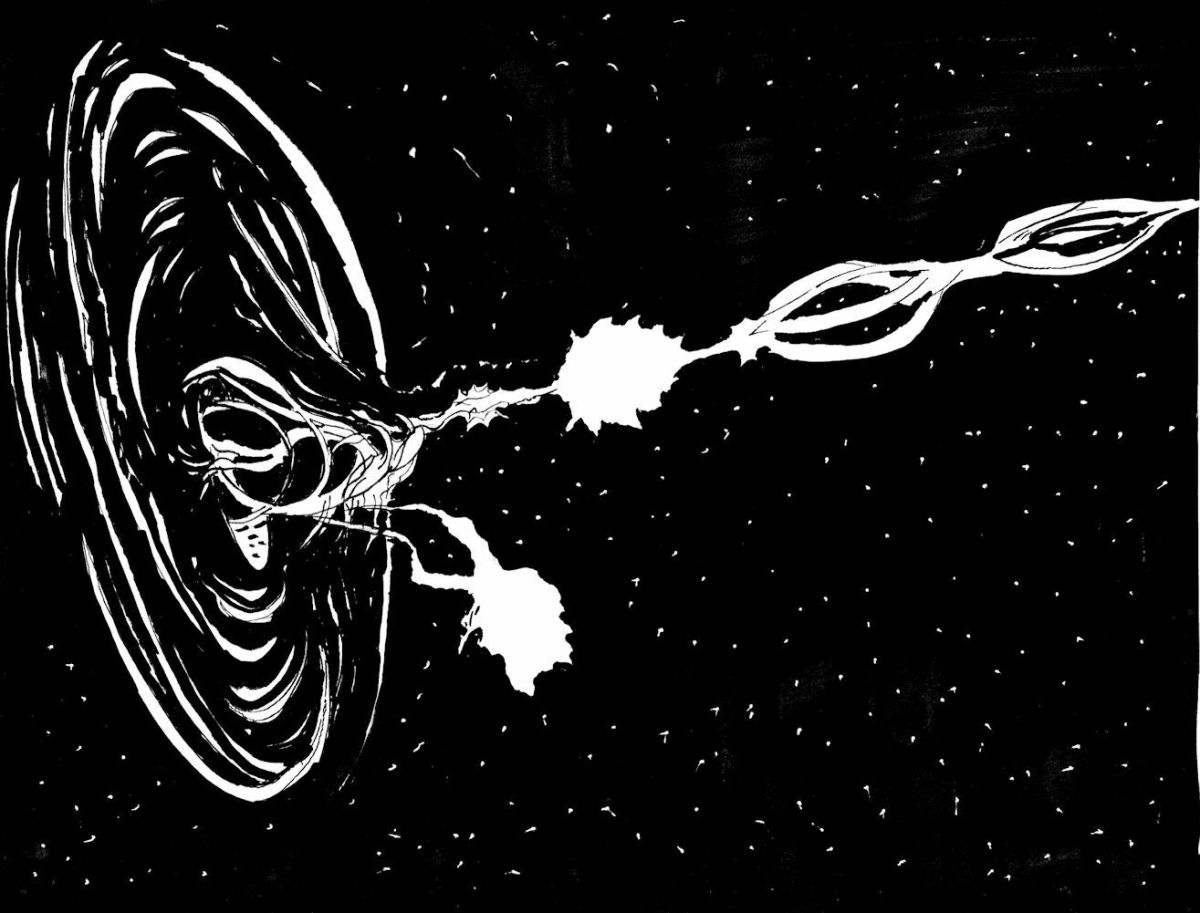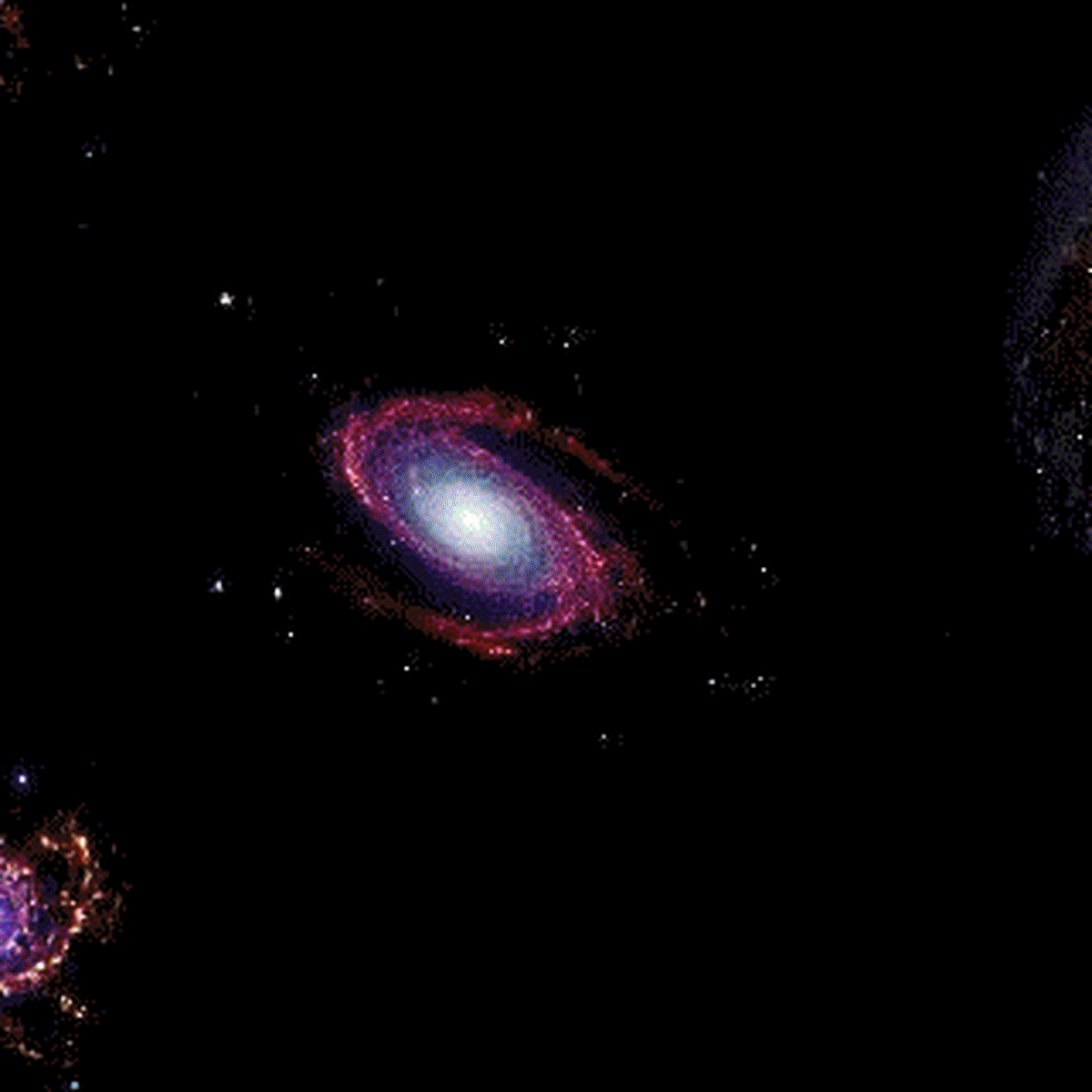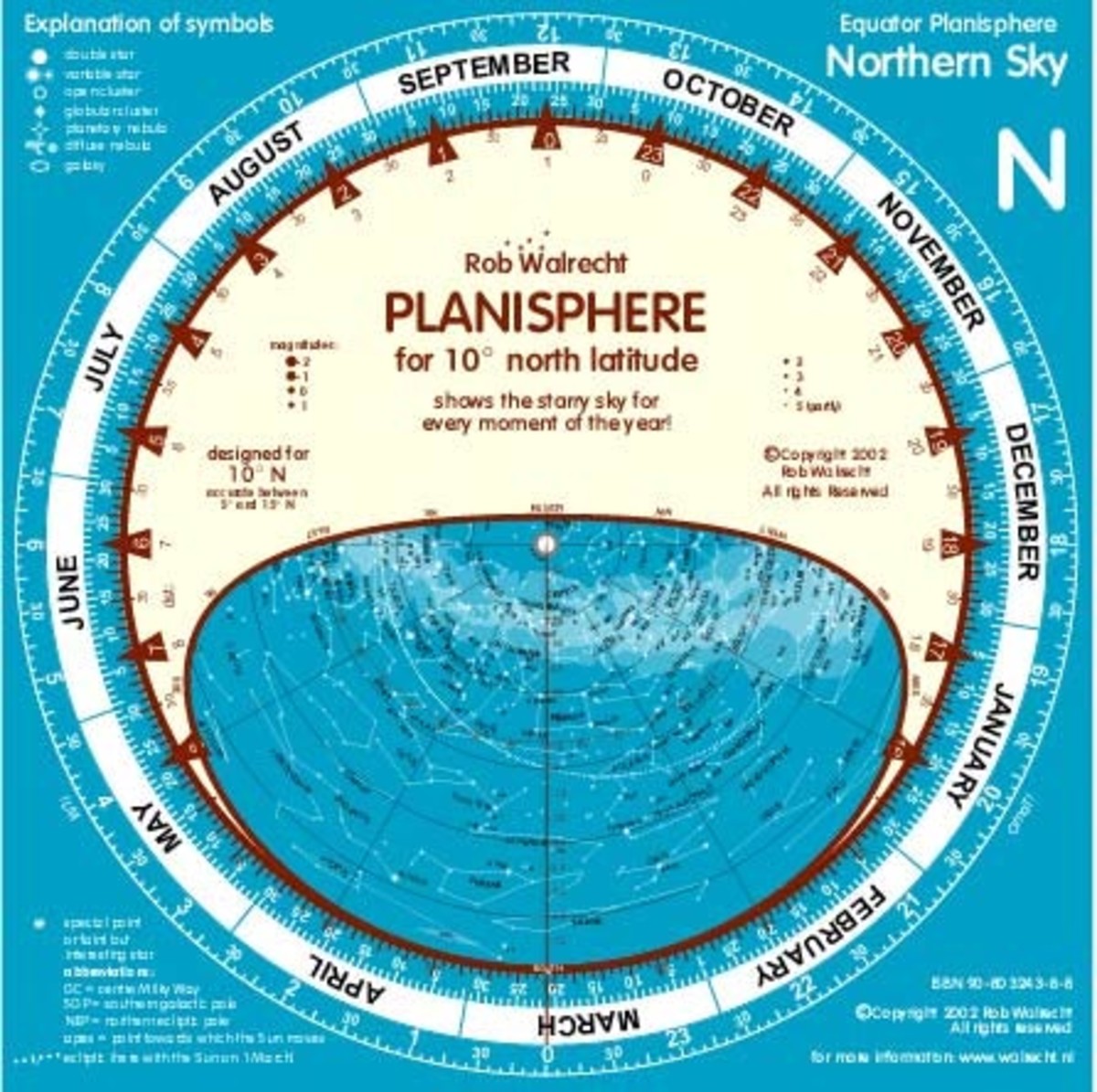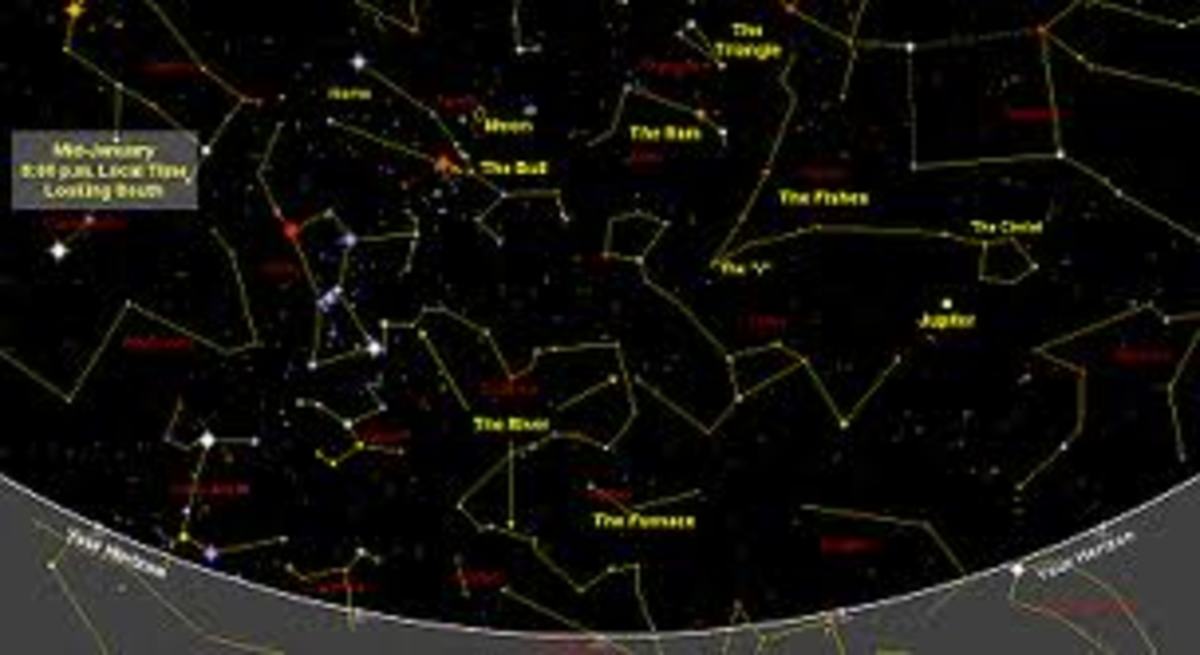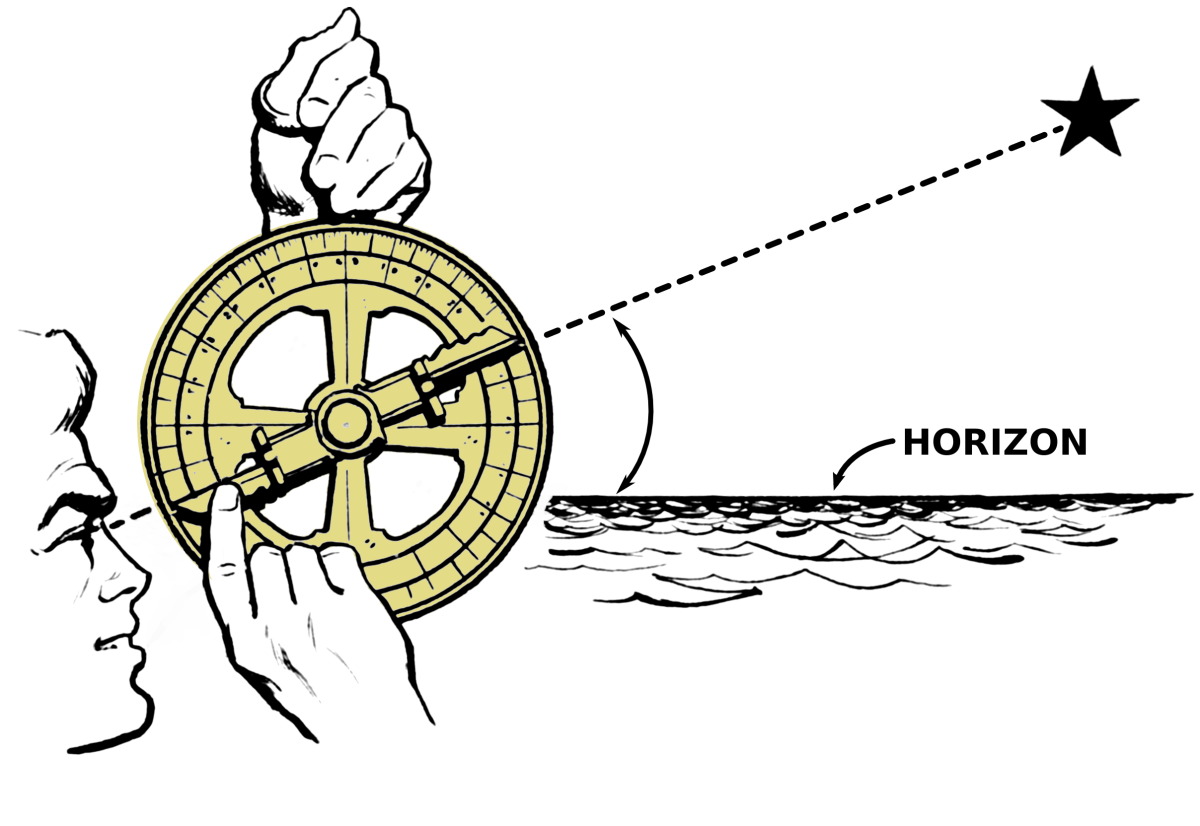What is Dark Matter?
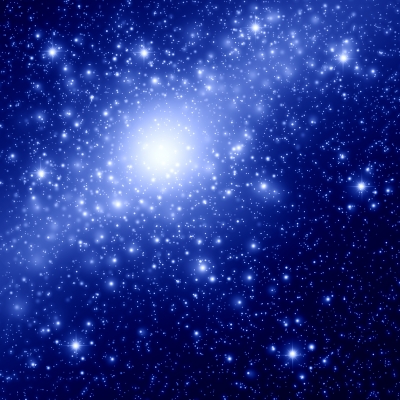
Is Dark Matter Real?
The easy answer to the question of what dark matter is, is that nobody really knows! I shall try to give you some idea though of what scientists think it might be and how they can detect it.
In studies of the universe, scientists can measure and see stars and planets and other space objects because of the light that they emit or reflect. Each star sends out light in the form of small particles called photons because of the reaction of nuclear fusion happening within it. The other objects that don’t emit any light themselves, e.g. other planets, reflect the light from the stars around them, and in this way become visible to us. But this is only a small part of the universe, the rest can’t be seen. So what is everywhere else? Well, that is the million dollar question. Scientists don’t really know, although more and more is being found out about it from experiments on earth and in space.
Who Found Dark Matter?
The first person to coin the term ‘dark matter’ was the Dutch astronomer Jan Oort. He was studying stars in our closest galaxies, particularly the Milky Way and saw that the speed of the stars within them was faster than he would have expected from calculations. Not knowing what this difference was due to, he surmised that there was something else in the universe that we couldn’t see, that was causing this strange phenomenon. He decided to call it dark matter.
At about the same time during the 1930s the Swiss astrophysicist Fritz Zwicky was also studying clusters of galaxies. He noticed that same problem and set about calculating what it was that was causing the difference. His calculations gave the result that there must be extra mass in the galaxies he was studying that was greater than the amount of visible mass within them and he too referred to it as dark matter.
By the time investigations were being carried out in the 1970’s, the search had centered on the rotation speed of spiral galaxies as these also showed a discrepancy with the speed expected and that shown. The theory that was expected was that the stars in the middle of the galaxies would move faster than the stars on the outer edges. When observed, it seemed that the speed of all the stars was the same which was confusing to say the least. Astrophysicist Vera Rubin made detailed measurements of stars in many galaxies and confirmed this strange observation. There was clearly some extra gravitational effect that must have been due to matter that we couldn’t see. This extra gravitational effect must be due to something with a mass that we couldn’t see, this was dark matter.
How Much of the Universe is Dark Matter?
It is possible to calculate the mass of large astronomical objects like galaxies, not by putting them on a weighing scales (!) but by different mathematical methods. This can be done in two main ways, either by adding up all the luminous matter that is contained in them, e.g. the gas, dust, stars etc. as the greater the luminosity of a galaxy, the greater the mass. The other way is from calculations using the gravitational effects within the galaxy and how fast the stars are moving within it. The greater the gravitational effects within a galaxy, the greater the mass. Now, when using both of these calculation methods for mass for a single galaxy, there is a discrepancy between the answers. This difference in mass must be attributable to something not visible to us and this is the dark matter.
So you can see that although scientists at this stage did not know what dark matter was, it was possible to tell from various calculations and expectations that there was something out there that was causing the discrepancies.
The things we can see and measure in the known universe makes up just about 4½ % of all the matter. These are known as baryons, which are normal matter that we can see and measure, comprising of protons and neutrons. From study and calculations, it seems that 23% of the rest is dark matter which leaves the final 72½% to be made up of another unknown. This has now been called dark energy.
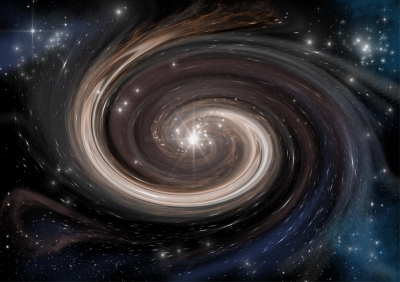
So, what is this dark matter made of?
Scientists think that there are two possible alternatives, the beautifully named MACHOs and WIMPs. MACHOs are MAssive Compact Halo Objects. These are normal objects that are hidden away from sight but can be measured, like black holes, brown dwarfs or neutron stars. These were initially thought to be the explanation for dark matter and may make up a small part of it but there simply aren’t enough to be responsible for all the dark matter that is out there.
The alternative proposition is that the dark matter is made up of particles that we were hitherto unaware of, i.e. not the usual atoms made up of electrons, protons and neutrons. These became known as WIMPS (Weakly Interacting Massive Particles) and could be axions, neutralinos or something else. Again, no-one is really sure.
Dark Matter Facts
So, in summary, dark matter is matter that cannot be detected by electromagnetic radiation. Dark matter is inferred to exist because it was detected by its gravitational effect. It is used to explain how galaxies formed after the Big Bang and there are three main theories that try to explain what happened. These are Hot Dark Matter (HDM), Warm Dark Matter (WDM) and Cold Dark Matter (CDM).
The difference between these is how far particles could move just after the Big Bang before they slowed down because of the expansion of the universe. The distance the particles moved is known as the free streaming length and this determines whether we are talking about hot, warm or cold dark matter hypotheses.
A protogalaxy is a cloud of gas that will form into a galaxy and if the free streaming length of particles is thought to be smaller than a protogalaxy i.e. slow, then we are talking about cold dark matter. If they are about the same size as a protogalaxy, then we are talking about warm dark matter. Larger than a protogalaxy and quite fast, then we are talking about hot dark matter.
My other hubs on Hot Dark Matter, Cold Dark Matter and Warm Dark Matter go into these in more detail.
- What is Hot Dark Matter?
How does Hot Dark Matter differ from Warm Dark Matter and Cold Dark Matter and is it a valid hypothesis? - Cold Dark Matter (CDM)
What is Cold Dark Matter? Hopefully, this, along with my main explanation of dark matter itself will help you to understand a bit more about it. - What is Warm Dark Matter?
Is it nearer to Hot Dark Matter or Cold Dark Matter and what actually is it?


